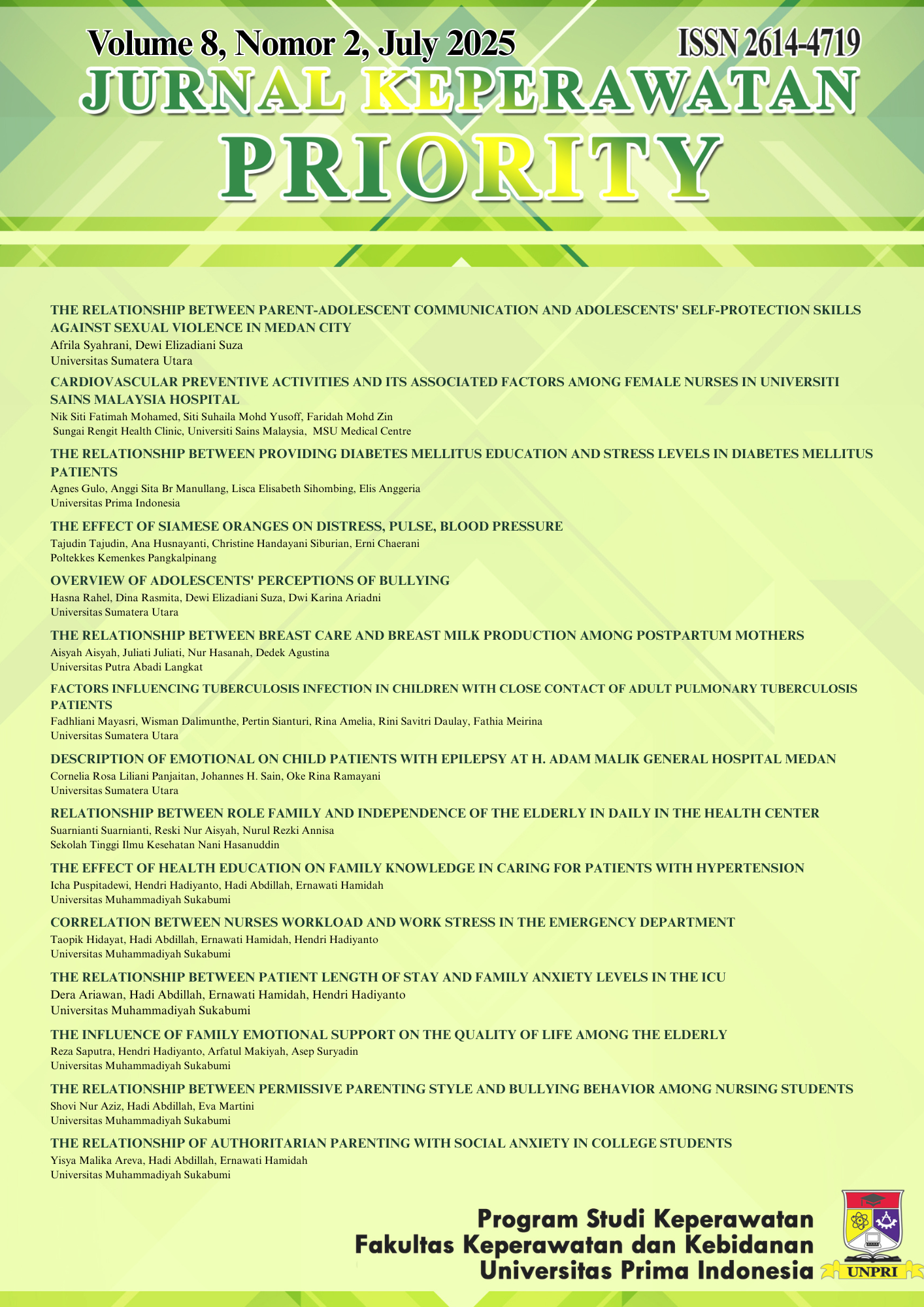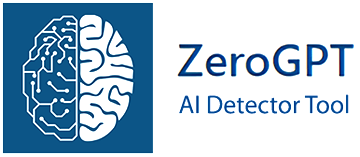The Effect of Siamese Oranges on Distress, Pulse, Blood Pressure
DOI:
https://doi.org/10.34012/jukep.v8i2.6802Keywords:
Siamese Orange, First year students, stressAbstract
Distress is one of the daily psychological complaints of modern society that cannot be avoided. Distress can attack students who are in the learning process, especially first-year students. The level of distress in first-year students is relatively high due to adjustment to the new environment, lack of adaptability and many demands that must be done such as completing assignments. High distress can be reduced by giving aromatherapy. One of them is aromatherapy produced by Siamese oranges. Siamese oranges have many benefits, one of which is obtained from their skin which can emit aromatherapy that can provide a sense of calm and relieve anxiety. The aim was to determine the effect of siamese oranges on distress, pulse, blood pressure in Level 1 Nursing Students of Health Polytechnic of Pangkal Pinang. The research design used was a quasi-experimental one group pretest and posttest. The sample was 74 people with a total sampling technique. The variables were Distress with the Kessler Psychological Distress Scale, Pulse and BP. This study showed that before the intervention the average distress was 3.5, pulse 81.43 times/minute, SBP 109 mmHg, DBP 75.47 mmHg and after the intervention the average distress was 2.16, pulse 83.07, SBP 106.49 mmHg, and DBP 73.38 mmHg and there was an effect of tangerine on distress (0.000), pulse (0,043), and BP (0,000) in Level 1 students of the Ministry of Health Polytechnic of Pangkal Pinang. Tangerine produces aromatherapy that can affect the reduction of distress, pulse and blood pressure.
Downloads
Published
How to Cite
Issue
Section
License
Copyright (c) 2025 Tajudin Tajudin, Ana Husnayanti, Christine Handayani Siburian, Erni Chaerani

This work is licensed under a Creative Commons Attribution 4.0 International License.
Authors who publish their manuscripts through the Journal of Keperawatan Priority agree to the following:
- Copyright to the manuscripts of scientific papers in this Journal is held by the author.
- The author surrenders the rights when first publishing the manuscript of his scientific work and simultaneously the author grants permission / license by referring to the Creative Commons Attribution 4.0 International License to other parties to distribute his scientific work while still giving credit to the author and the Journal of Journal Keperawatan Priority as the first publication medium for the work.
- Matters relating to the non-exclusivity of the distribution of the Journal that publishes the author's scientific work can be agreed separately (for example: requests to place the work in the library of an institution or publish it as a book) with the author as one of the parties to the agreement and with credit to sJournal ofJournal Keperawatan Priority as the first publication medium for the work in question.
- Authors can and are expected to publish their work online (e.g. in a Repository or on their Organization's/Institution's website) before and during the manuscript submission process, as such efforts can increase citation exchange earlier and with a wider scope.


















